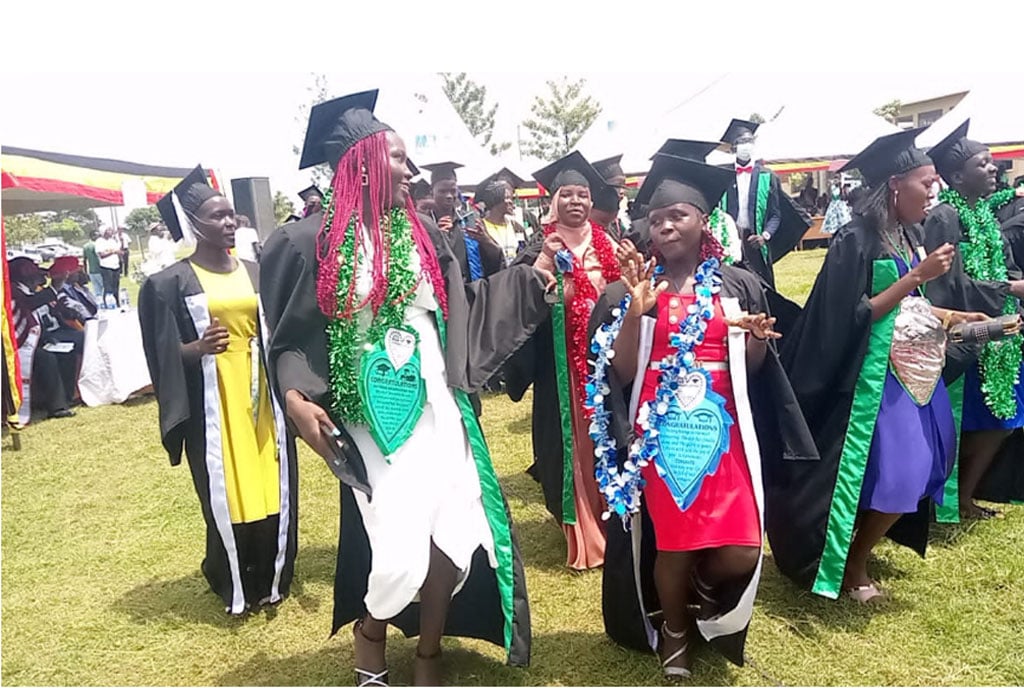Prime
Museveni orders inquiry into Namanve land allocation

President Museveni (C) talks to Farm Support Ltd director Steven Birungi (L) in Namanve yesterday. PHOTO BY STEPHEN WANDERA
What you need to know:
The President says it is a pity that people are constructing residential houses in an industrial park.
President Museveni has ordered an investigation into the land allocations in Namanve Industrial Park after it emerged that some suspicious investors have instead constructed residential houses.
“We are going to investigate how land for industrial investors was taken up by “sleepers”. You see how Ugandans are not appreciative,” said President Museveni.
“The National Resistance Movement has been talking of investment in industries but now people are talking of sleeping. Africa lost independence because it was not industrialised. We cannot allow this to continue.”
He was yesterday laying a foundation stone for Farm Support Ltd, a veterinary pharmaceutical factory at the Kampala Industrial and Business Park in Namanve.
Museveni issued the directive after a tip-off by State Minister for Youth Ronald Kibuule.
“Your Excellence, people of Mukono are grateful for turning this place into an industrial park. We have ‘Kiwani’ (fake) investors who are grabbing land to put up residential houses,” Mr Kibuule said.
“Some of these people who grab land hire veterans as mercenaries. President we want your intervention.”
Mr Museveni hailed directors of the firm for boosting local production that he described as contributing to Uganda’s economic independent.
The factory worth about Shs60 billion (US$23 million) is to be constructed in three phases with the first production line expected to be completed by the end of this year.
In March 2013, Dr Frank Sebbowa, the executive director Uganda Investment Authority (UIA), wrote to State Minister for Investments Gabriel Aridru Ajedra indicating that 40 investors had since signed leases.
He said 125 had either been surveyed or were soon completing surveys for the plots.
This newspaper also reported that 34 had never surveyed their land, although they paid fees for surveying as had been the requirement upon allocation.
Five had formally returned the land to UIA, while 75 have never surveyed nor paid survey fees.
Developments of the Namanve Industrial Park followed a Parliamentary approval of a $70 million (about Shs178 billion) loan from the World Bank.
The loan was also meant to aid computerisation of the Lands Registry and Registrar of Companies.
The Land Registry has never been computerised and neither has the registrar of companies ever been changed from its manual operations.
Using the loan, UIA was meant to utilise $25 million (about Shs63 billion) for the development of the park.
The Authority also planned to install a 33KV electricity line from Kwega to Namanve and also construct a power distribution substation there.
The land sales in the industrial park granted a 57 per cent subsidy for the land.
On a piece of land leased for 30 years, a tenant would be required to pay $80, 000 per hectare (Shs200m) although UIA would make adjustments in price considering what the land would be used for.
Commercial land, residential land, institutional and recreational would all be charged differently.
Land in Namanve Industrial Park belonging to at least 114 investors has been reverted to UIA after three years of staying idle.




